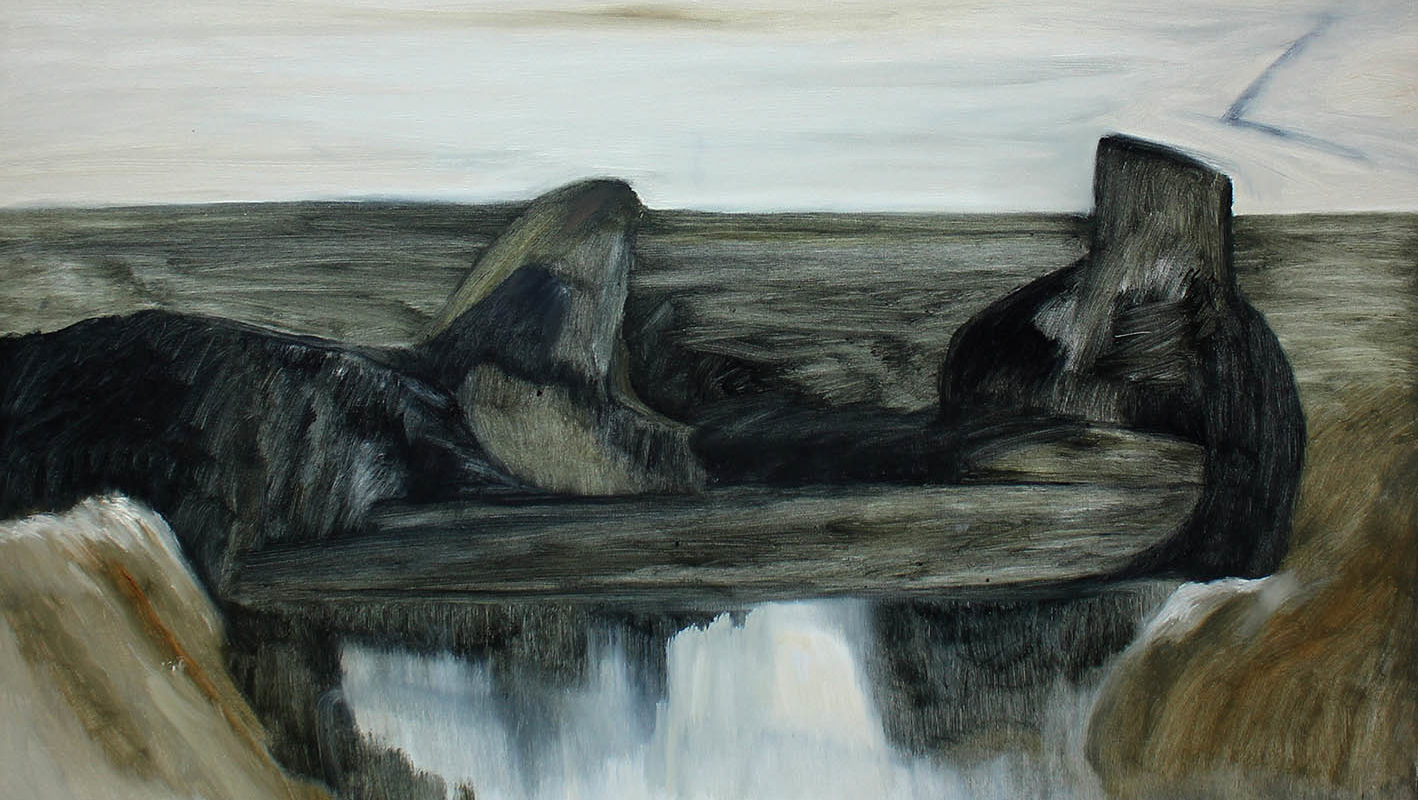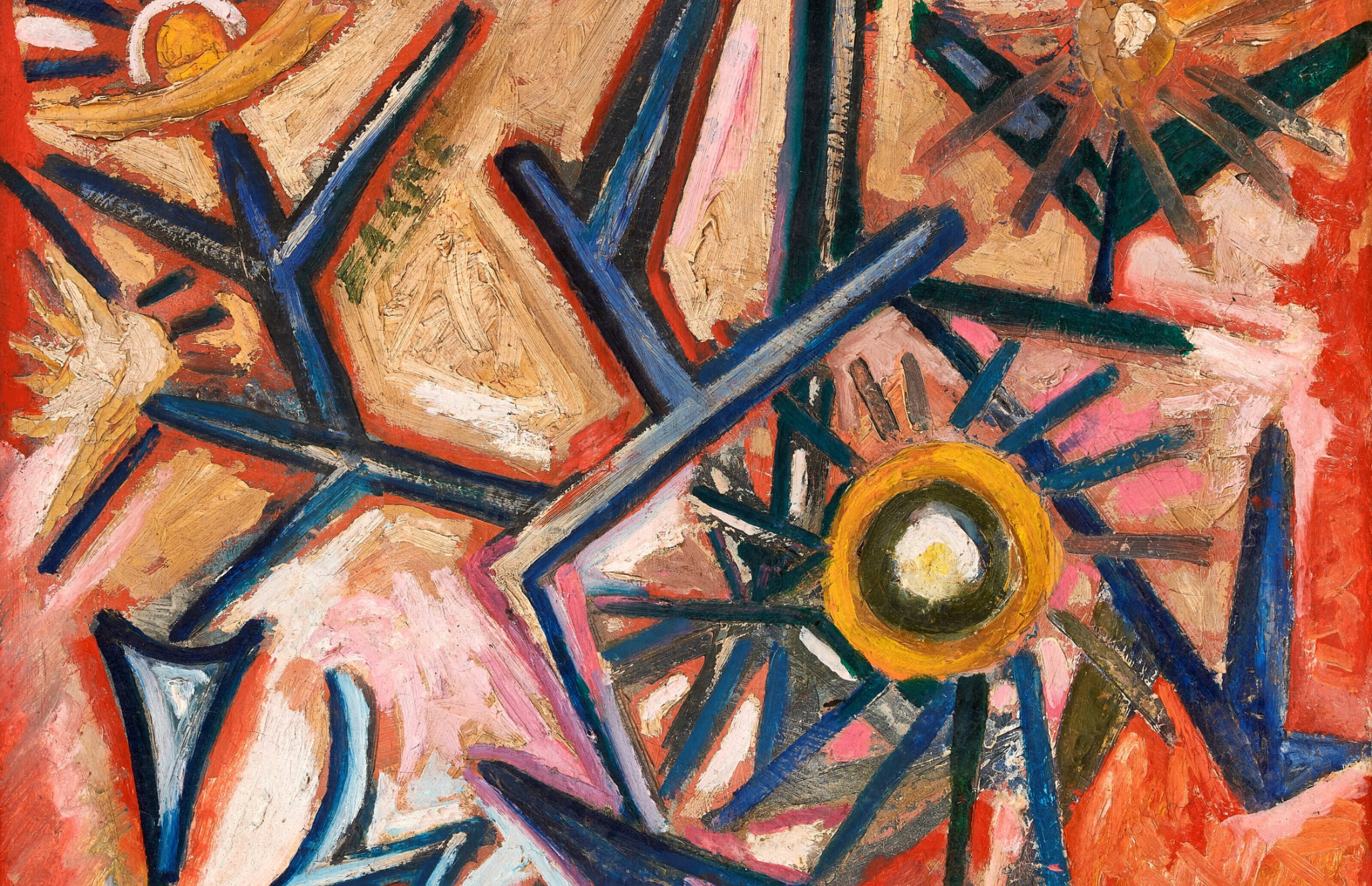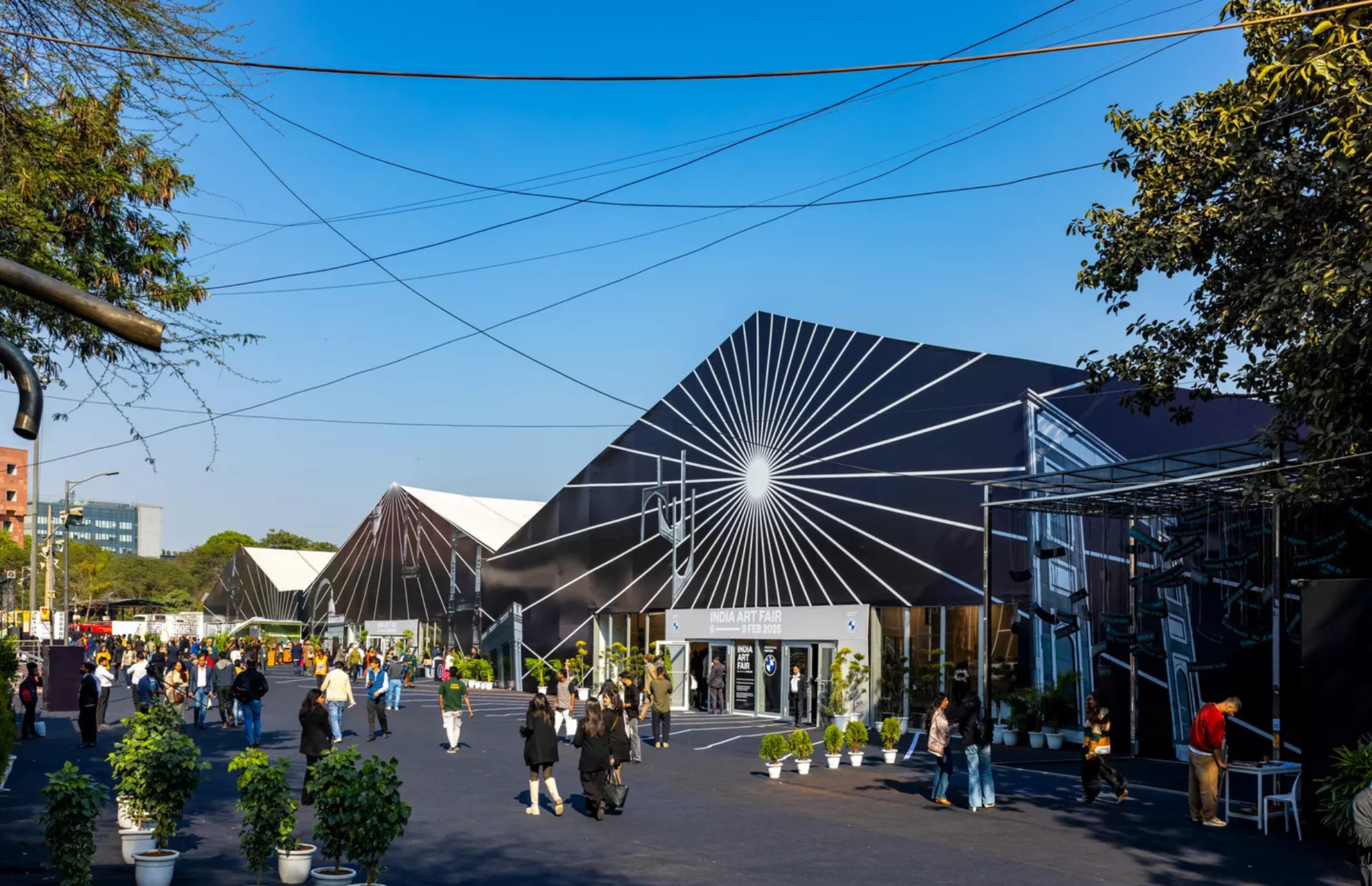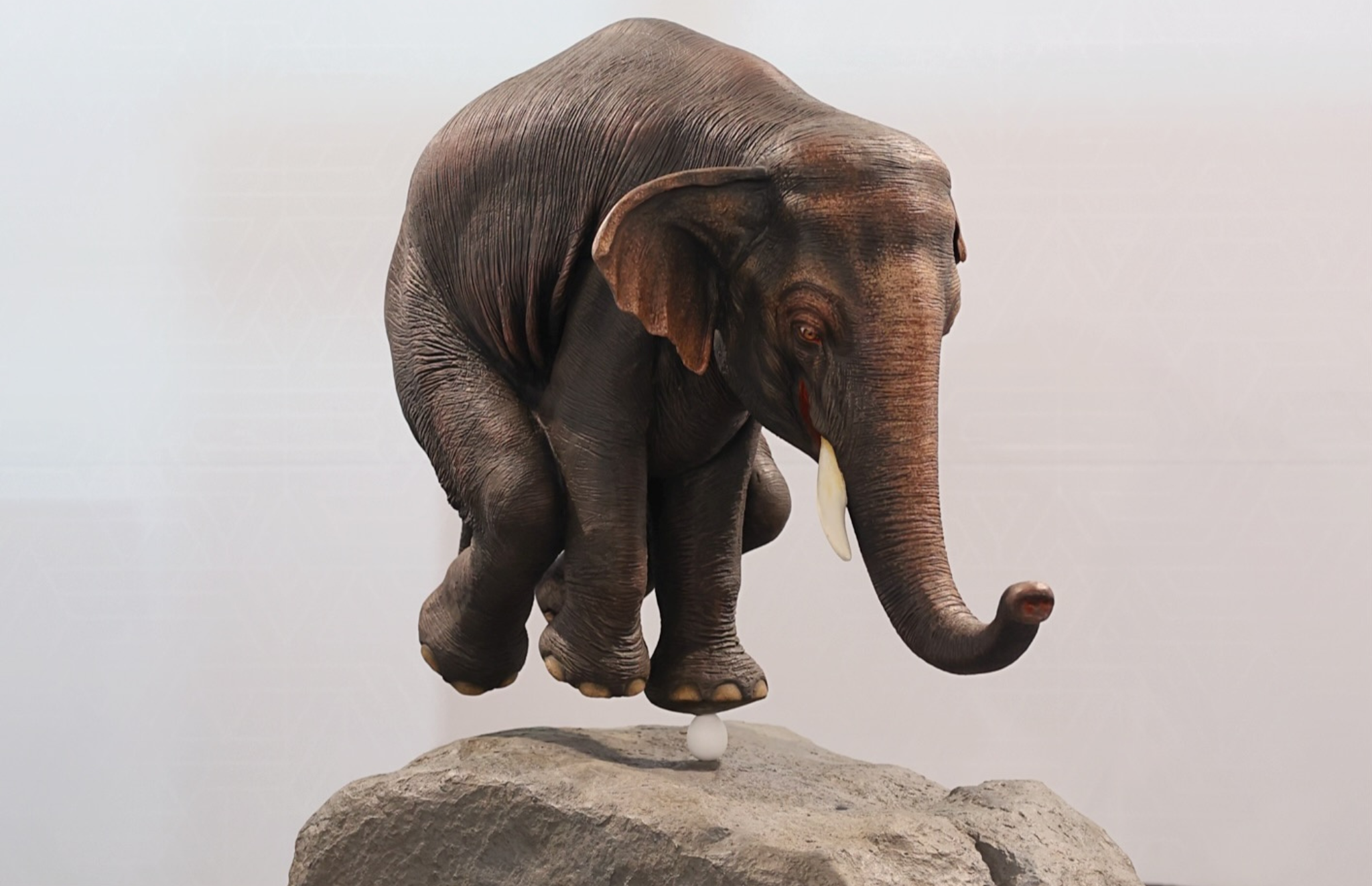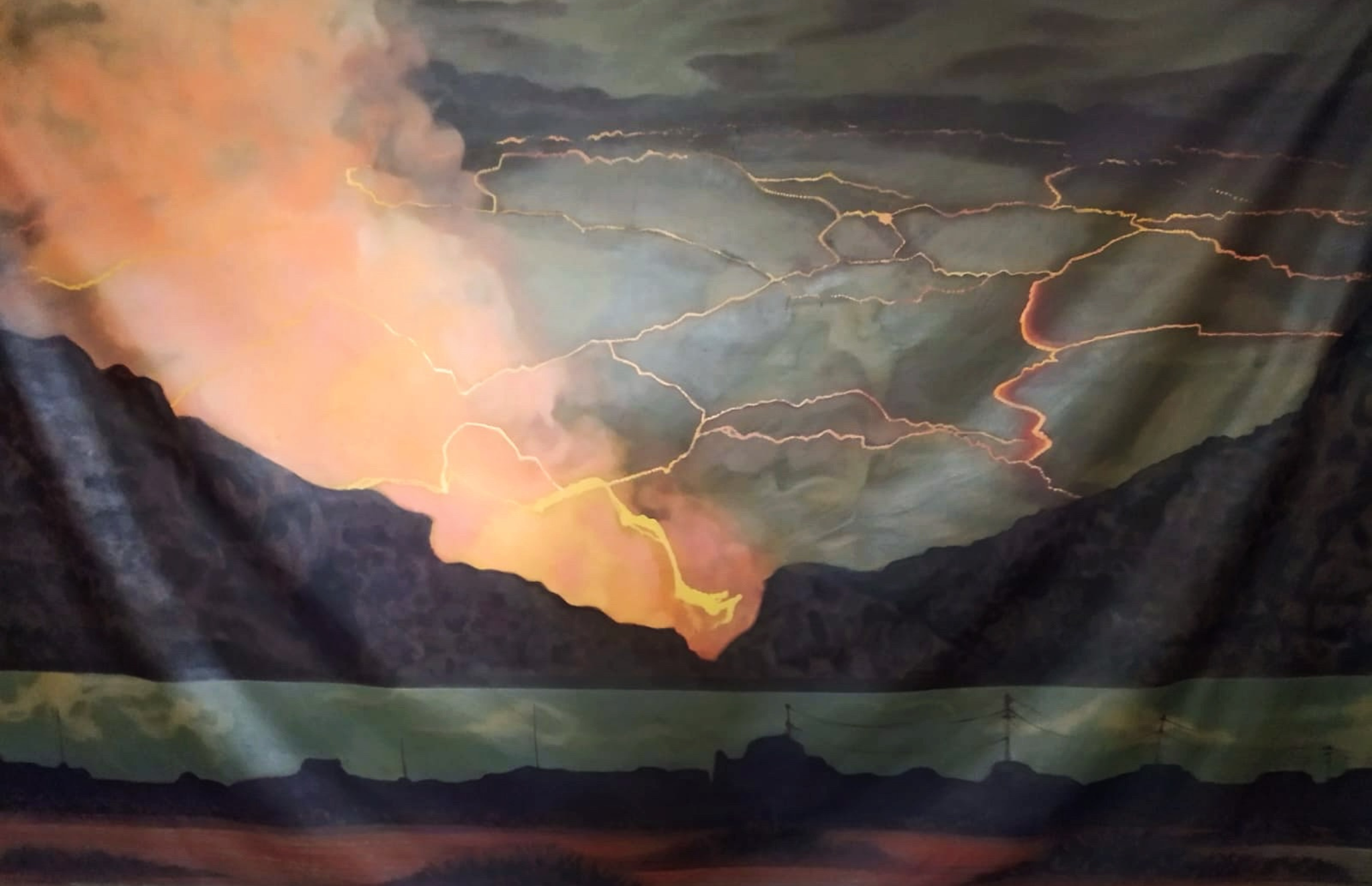TRAVELLING CANVASES
An international artist residency is a perfect getaway to create your canvases. We visit one such camp with the lifting of the COVID lockdown. Painting a canvas in the mountains invariably leads to inspiration from nature and this is what the art residency at Justa Rasa Luxury Resorts in Rishikesh, proved. The resort kicked off its vacation spa and resort with an international art residency- 03rd to 07th April 2022.
The 43 artists participating reign from such diverse countries as France, Egypt, Mali, Middle East, Bangladesh, Germany and India, where there is a variety of expression and concerns. Rishikesh is known for its beauty and serene Ganga River that flows through it. Cut off from the city. It gives artists a chance to tap into their inner voice and come up with art that touches upon the deeper aspects of their creativity.
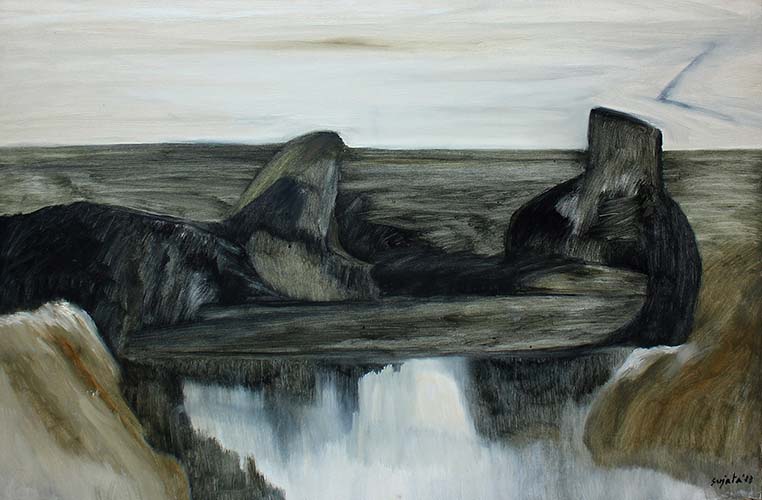
Many of the Bengal and Bangladesh-based artists worked with the natural surroundings as their inspiration—the mountains, the vegetation, the river Ganga, and the local wildlife. The Egyptian and Middle East group focused mostly on the human form and made references to social issues faced by the women of Egypt. For instance, families in Egypt tend to get their daughters married at a very early age, women tend to not benefit from education as much as men and there is little care for senior citizens. The artists attempted to highlight such socio-cultural issues through their works.
Sujata Kar From Kolkata did some very lyrical and colourful abstract landscapes that flowed like the river or were craggy like the mountains.
Anirudha Chari, an independent critic and curator also based out of Kolkata, presented slide shows of their work with an intensive auditory commentary and was mentoring the artists throughout the camp. The resorts are headed by Ashish Vohra, the Founder and CEO of Justa Hotels and Resorts.
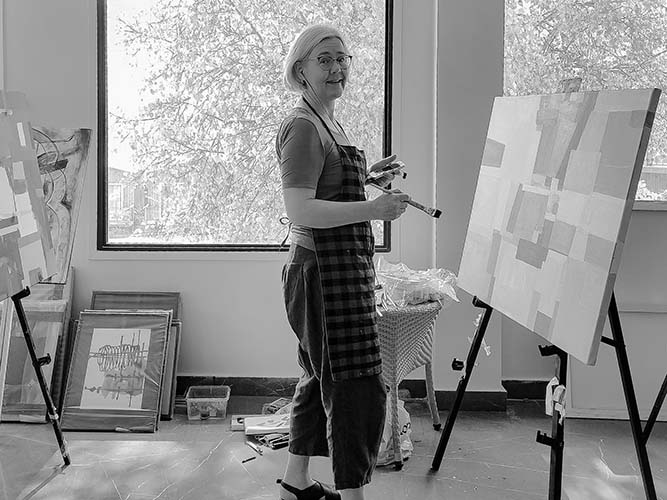
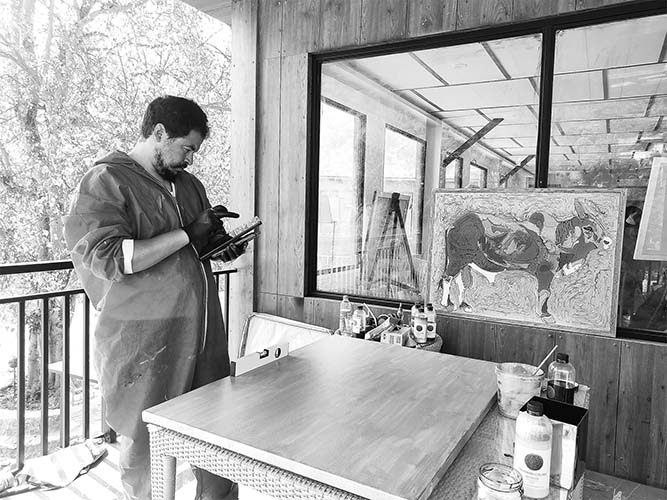
Hanne Haukom from Norway at work on her canvas in acrylic (left) and Mohamed Taman from Egypt working with natural resin and chemicals on a humpback bull (right), 2022
Hanne Haukom, an artist from Norway is known to work in ceramics having won awards for her work. She began her journey as an artist in the 1980s and was witness to and influenced by a period of quickly growing global capitalism, political upheaval, significant wealth discrepancy, global mass media and distinctive music and fashion. She is also known as a painter and it was a return to painting that she experienced during the art camp. “I am returning to painting after 2019, and it feels good to be working in this medium again as it reflects the surroundings,” says Haukom who presented two abstract works with a variety of colours and geometric forms. She has worked in India before, in fact this is her third camp and she is of the opinion that this is in fact the best of the three camps: “I think in terms of variety, depth and skill this has been the best camp,” she says.
Mohamed Taman from Egypt has worked with natural resin, oil oxides, petroleum derivatives, nitrates, natural dust and other unconventional materials. He paints using a technical process he invented called ‘Tamanism’, based on chemical reactions.
“What I like about this style is that much is left to science and chance, you can actually only control 50 to 40 percent of the process,” says the artist who created a hump-backed bull out of the chemical process.
Nazia Ahmed from Bangladesh is another artist who also worked with her own hand-made colours that she fermented in bottles before the art-camp. Sharing the terrace space with Taman, she created three canvases with the flowing fermented colour that featured aquatic life. “I have always been inspired by life in water-bodies like rivers and the sea and I love the colour blue,” says the Bangladeshi. Ruhul Karim Rumee was a quiet but important figure at the camp since he is professor at Dhaka Art Centre, and very well versed in woodcut and printmaking as most of the Dhaka art group are proficient at and known for.
Chhandok Majumder From Kolkata likes to work with a technique called ‘Alpona’ although the traditional form is done on the floor, Majumder likes to work with the technique on his canvases. He is inspired to collect folk art of Bengal and makes quite a few references to Kalighat Pat.


Subhankar Chakraborty from Jharkhand is a landscape painter who makes reference to the crowded city and the natural landscape with work that is highly figurative presented in an innovative manner since one may enter the composition from many sides and there is no one perspective for the same.
Chaitali Chanda from Kolkata created poetic landscapes and figures that take an indirect reference to the folk art of the region with an emphasis and concentration on women-centric themes. Rachita Bhomik from Kolkata created haunting landscapes and nights-scape that captured the vastness of the Rishikesh valley. Arunava Mondal did some charming abstract works in a series featuring geometric works like circles and squares.
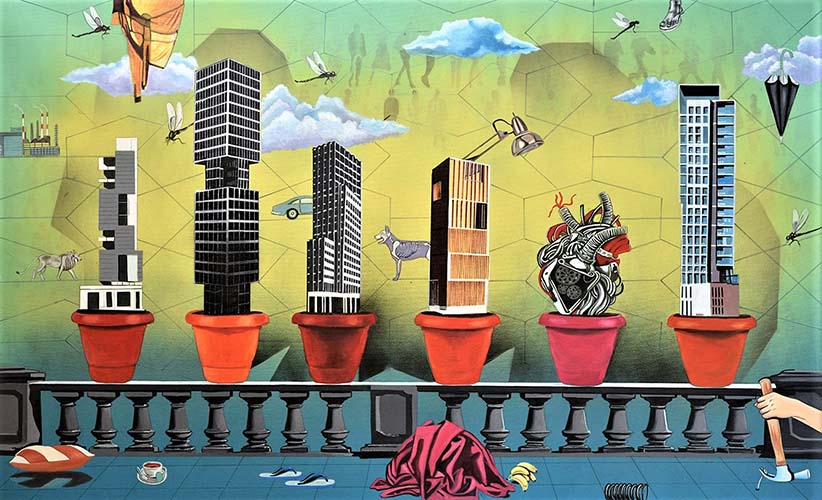
Artist Avijit Mukherjee, who is based in Kolkata, was the primary contact and curator who shortlisted the artists for the camp. The artist also created a canvas that spoke humorously about the activities of the camp in the miniature style with modern contemporary interpretations.
Nermin Saeed Abbas and Angela Naser, both from Egypt, created artwork with figurative graphic pop-art interpretation of the love and solidarity between female friends as they come together and support each other. Abbas calls her style ‘character design’ while Naser says it is the interpretation of dynamism and movement that defines her art. Feby Saiid Andraws created paintings using symbols from Egyptian hieroglyphics, commenting on nature, the Ganga and the spiritualism that surrounds both Egypt and India. Yasmin Jaamea Mohammed, created complex narratives of the suffering of the girls in the lesser financially stable sections of society in Egypt. She used stitching and a bit of collage to express herself, as did Mennat Allah Mahmoud Ahmed.
Avinda Tishan Fernando from Sri Lanka created a traditional Sri Lankan Mask to capture the essence of his native land. Hasura Akter Rumkyfrom Bangladesh created two beautiful canvases featuring the flight of doves. Rada Gyem and Sangay Wangdi from Bhutan were young students, both studying at Maharaja Sayajirao University, Vadodara and they created masks and geometric tantra works that spoke about their Bhutanese identity.
Overall, the camp reflected the cultural identities of the various countries represented with a good exchange and camaraderie among the participants. They certainly enjoyed the mountainous surroundings of Rishikesh with the Ganga flowing alongside.
Text by Georgina Maddox
Image Courtesy: Georgina Maddox and Justa Rasa Luxury Resorts Rishikesh
Find more about the Artwork and artists:
https://www.justahotels.com/justa-rasa-rishikesh/facilities/

